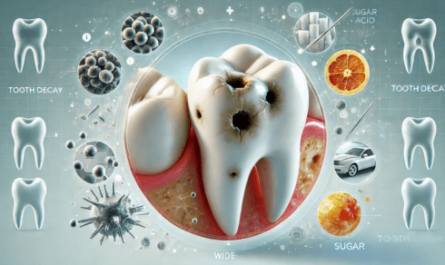
Metal recycling plays a pivotal role in promoting environmental sustainability by reducing waste, conserving natural resources, and minimizing energy consumption. As the global demand for metals continues to rise, the need for effective recycling strategies has never been more critical. This article explores the various facets of metal recycling, its environmental benefits, and its contribution to a sustainable future.
Understanding Metal Recycling
Metal recycling involves the collection, processing, and repurposing of metal scrap into new products. This process can include a wide range of metals, including aluminum, copper, steel, and iron. The recycling process begins with the collection of scrap metal, which can be sourced from various industries, including construction, automotive, and consumer goods. Once collected, the metal is sorted, cleaned, and processed into raw materials, which can then be used in manufacturing new metal products.
The significance of metal recycling cannot be overstated, as it helps divert millions of tons of metal waste from landfills each year. According to the Environmental Protection Agency (EPA), recycling and composting prevented the release of approximately 186 million metric tons of carbon dioxide equivalent into the air in 2018. This demonstrates the critical role that metal recycling plays in mitigating the environmental impact of metal production and consumption.
Conservation of Natural Resources
One of the primary advantages of metal recycling is the conservation of natural resources. Extracting and processing raw metals often involves significant environmental degradation, including habitat destruction, soil erosion, and water pollution. By recycling metals, we can reduce the need for mining and extraction, preserving valuable ecosystems and minimizing the associated environmental impacts.
For instance, recycling aluminum saves up to 95% of the energy required to produce aluminum from raw bauxite ore. This substantial energy savings not only lowers greenhouse gas emissions but also reduces the demand for fossil fuels used in mining and processing operations. Similarly, recycling steel can save approximately 60% of the energy needed for production from iron ore, showcasing the energy efficiency of metal recycling.
Reduction of Energy Consumption
The metal recycling process is inherently more energy-efficient compared to the extraction and processing of raw metals. The significant reduction in energy consumption during recycling leads to a decrease in greenhouse gas emissions, contributing to climate change mitigation. The energy savings associated with recycling can have far-reaching implications for global energy consumption patterns.
In addition to lowering energy use, metal recycling can also help stabilize metal prices in the market. As recycled metals become increasingly available, they can serve as an alternative source of raw materials, reducing dependency on virgin metals and mitigating the volatility associated with mining operations.
Minimizing Waste and Pollution
Metal recycling also plays a crucial role in minimizing waste and pollution. The recycling process reduces the amount of scrap metal that ends up in landfills, which can release harmful substances into the environment. For example, the improper disposal of metal waste can lead to soil and water contamination, posing health risks to both ecosystems and human populations.
By diverting metal waste from landfills and incineration, recycling helps reduce the overall environmental footprint of metal production. Additionally, recycling can help minimize the generation of hazardous waste, as many metals can be toxic if not managed properly. Implementing effective recycling programs can lead to cleaner communities and healthier environments.
Economic Benefits of Metal Recycling
Beyond its environmental advantages, metal recycling contributes to economic sustainability as well. The recycling industry creates jobs, stimulates economic growth, and promotes innovation in materials processing. In the United States alone, the metal recycling industry employs hundreds of thousands of workers and generates billions of dollars in revenue each year.
Moreover, metal recycling can support local economies by providing a steady supply of raw materials for manufacturing industries. This localized supply chain can lead to cost savings for manufacturers and reduced transportation emissions associated with sourcing materials from distant locations.
Conclusion
In conclusion, metal recycling is a cornerstone of environmental sustainability, offering numerous benefits that extend beyond waste reduction. By conserving natural resources, reducing energy consumption, minimizing pollution, and bolstering economic growth, metal recycling contributes significantly to a sustainable future. As we continue to face pressing environmental challenges, the importance of implementing and enhancing metal recycling initiatives cannot be overstated. Adopting a circular economy approach that prioritizes recycling and resource efficiency will be essential in creating a more sustainable and resilient world for future generations.



